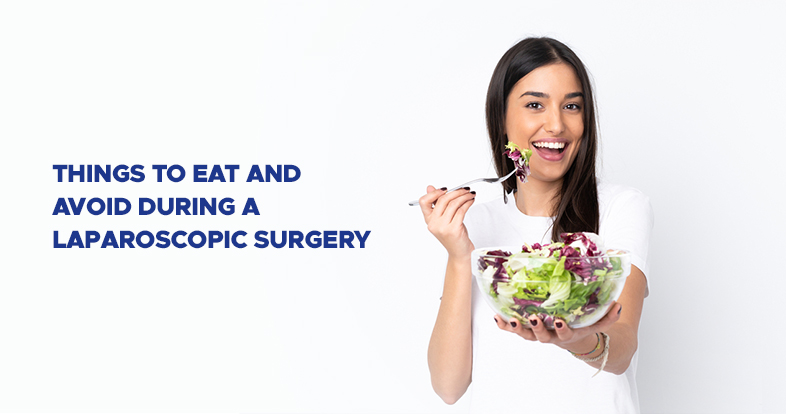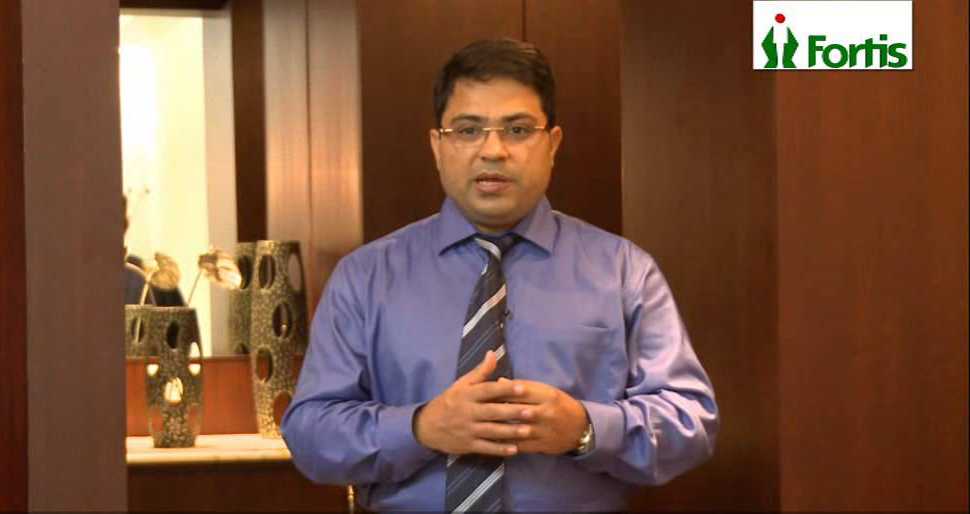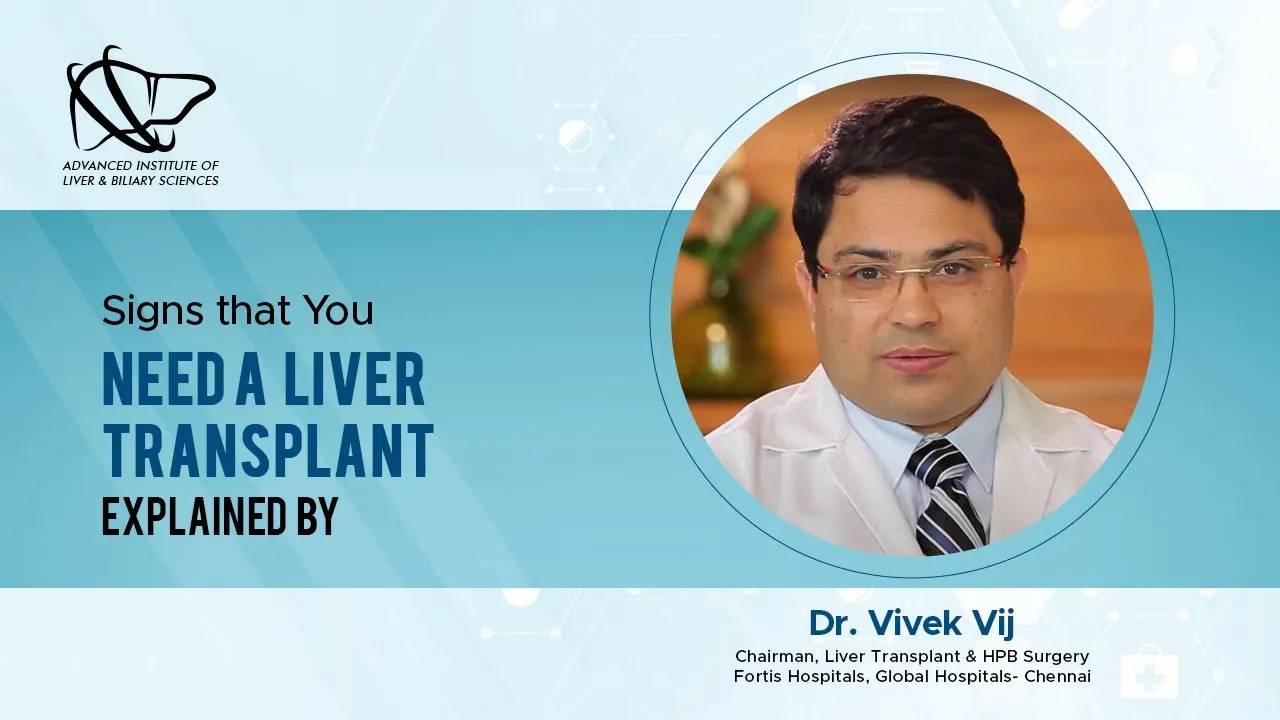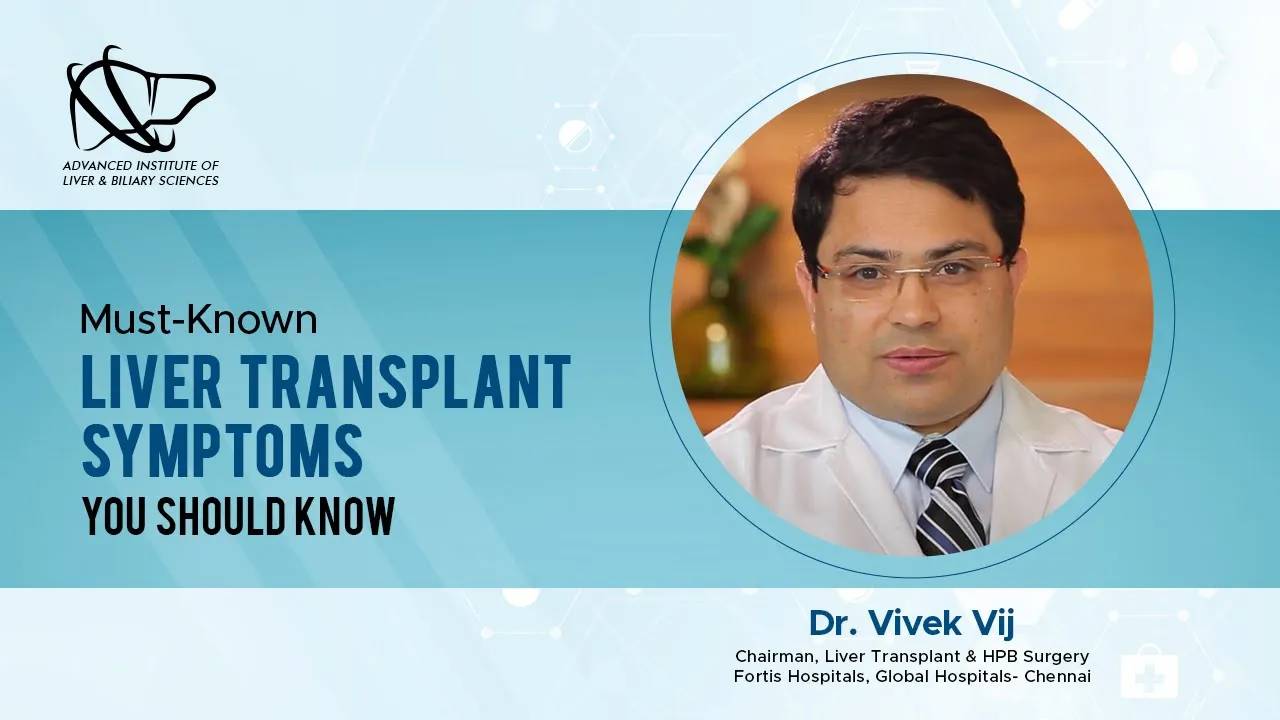
If you or a loved one is about to undergo laparoscopic surgery, taking your diet seriously before and after the procedure is essential. Laparoscopic surgery, a minimally invasive surgical technique, can be used to treat a wide range of conditions, from appendicitis to gallbladder disease.
However, following a proper laparoscopic surgery diet is crucial to reduce the risk of complications, promoting healing, and minimising discomfort. In this blog, we’ll explore the best things to eat and avoid during laparoscopic surgery, including food after laparoscopic surgery, to help you or your loved one have a smoother and more comfortable recovery.
So, let’s dive in and learn more about the essential elements of a laparoscopic surgery diet!
Laparoscopic surgery is not time-consuming, as patients can go home the same day after the procedure. Recovery often takes less than a week. Yet, individuals undergoing laparoscopic surgery must be mindful of their diet after laparoscopic surgery and how to cope with various types of meals. Knowing foods to eat after laparoscopic surgery and what not to eat plays a crucial role in the recovery process.
After surgery, sticking to a liquid diet is typically recommended, but if your doctor approves, you may be able to transition to solid foods gradually. A liquid diet consists of clear liquids such as soup or broth, milk, yoghurt, and pudding.
Additionally, you can include strained creamy soups, cream of rice, custard, and sherbet. However, it is essential to avoid foods that contain seeds or nuts. If you are lactose intolerant, choose lactose-free alternatives.
Before you can return to your regular diet, the next phase is typically transitioning to soft meals. These foods have a softer consistency and can be pureed if necessary. Ideal selections for this phase include finely ground or tenderly cooked meat, fish, and poultry, as well as soft cheeses with mild flavours, boiled potatoes, smooth peanut butter, and cooked or canned fruit and vegetables without citrus.
However, to reduce stomach discomfort, it’s important to avoid citrus fruits and gas-producing foods like broccoli, cabbage, cauliflower, and Brussels sprouts. Following these diet after laparoscopic surgery guidelines can significantly improve recovery and prevent complications.
Once your digestive system returns to normal, you can surely get back to having a normal diet after laparoscopic surgery but remember to avoid the intake of spicy and oily food items, which increase the chances of indigestion.
Lessen the problems of switching to a regular diet after laparoscopic surgery by taking small bites. Some medicines that treat abdominal discomfort might cause constipation; drink enough water to smoothen bowel movements.
Incorporate as much fibre as you can into your diet after laparoscopic surgery to facilitate the healing process. A diet after laparoscopic surgery rich in fibre not only aids in recovery but also mitigates the likelihood of complications such as constipation, which is a common occurrence post-surgery. Constipation can be frustrating as it intensifies discomfort and increases the likelihood of readmission to the hospital.
Therefore, it is recommended to include fibre supplements like psyllium husks and incorporate foods to eat after laparoscopic surgery rich in fibre. Obtaining fibre from natural sources has proven to be more effective. High-fibre foods to consider include:
Constipation is a prevalent issue following surgery, especially during gastro surgeries. Furthermore, pain medications can contribute to a reduction in bowel movements. Laparoscopic doctor may recommend laxatives for certain surgeries to alleviate incision pressure.
When undergoing a laparoscopic liver transplant, it is best to steer clear of constipation-inducing foods such as:
It’s a clear choice to avoid fried or fatty foods after laparoscopic surgery. These types of foods are typically high in trans fats, which can boost the risk of heart disease, obesity, and diabetes. Consuming fried foods post-surgery can also elevate blood pressure and cholesterol levels.
In addition, eating fried foods may cause nausea and vomiting, which can strain the stitches and negatively impact the healing process. It’s best to refrain from consuming fried foods after surgery.
Processed foods typically have minimal amounts of essential vitamins, minerals, and nutrients and often contain high levels of preservatives, sodium, fats, and sugars. To avoid consuming these unhealthy options, it’s best to steer clear of processed foods such as frozen meats, frozen snacks, cookies, sugary drinks, chips, and breakfast grains.
For patients who have undergone gastrointestinal, bowel, or general surgery, full-fat dairy products may cause constipation. Additionally, dairy products such as cheese can trigger nausea. To avoid these issues, opting for low-fat dairy foods such as skim milk, cottage cheese, and yoghurt is best.
It’s essential to avoid consuming alcohol after a laparoscopic liver transplant, particularly when taking pain medications. Alcohol can interact with drugs and reduce their effectiveness. Additionally, alcohol can negatively affect blood clotting, which may cause complications if bleeding occurs. Therefore, it’s recommended to refrain from drinking alcohol after surgery.
In conclusion, a well-balanced and nutrient-dense laparoscopic surgery diet is essential for a successful recovery after surgery. Patients should incorporate high-fibre foods and low-fat dairy products into their meals while avoiding constipation-inducing foods like red meat and processed grains.
When recovering from a laparoscopic liver transplant, it’s essential to be mindful of one’s diet and avoid foods that may strain the incisions. By following a laparoscopic surgery diet and carefully selecting foods, patients can support their bodies’ healing process and promote a speedy recovery.
We hope we’ve guided you well with this informative blog. If you are still confused about the diet to follow or want expert advice, consider getting the best advice from an experienced laparoscopic doctor about food after laparoscopic surgery.
Dr Vivek Vij, one of the best-known liver transplant surgeons, offers the best treatment. He has successfully cured multiple complex transplant cases. He also provides complete guidance to every patient about staying fit and healthy even after a liver transplant. So get in touch with the AILBS team to get the best insights.
What can I eat after laparoscopic surgery?
After laparoscopic surgery, focusing on a nutrient-dense and well-balanced diet that promotes healing and decreases the risk of complications is essential. Foods to eat after laparoscopic surgery contain high-fibre foods such as fruits, vegetables, and whole grains, lean proteins like chicken or fish, and low-fat dairy products. Patients should also stay hydrated by drinking plenty of water and avoiding constipation-inducing foods like red meat and processed grains.
Can I eat rice after a laparoscopy liver transplant?
Patients can eat rice after a laparoscopic liver transplant. However, it’s advised to choose whole-grain options like brown rice or quinoa, which are rich in fibre and nutrients. Patients should also avoid adding excess fat or salt to their rice and consume it in moderation.
Can I eat chicken after laparoscopic surgery?
Patients can eat chicken after laparoscopic surgery as it’s a great source of lean protein that helps the body to heal. However, cooking chicken thoroughly is essential to avoid any bacterial infection risk. Patients should also choose skinless chicken breasts, as they are lower in fat than other chicken parts.
Can I eat spicy food after a laparoscopic liver transplant?
It’s best to avoid consuming spicy food after a laparoscopic liver transplant, as it may cause distress and irritation in the digestive system. Spicy food can also increase the risk of heartburn and acid reflux, hindering healing.
Can we do laparoscopy during periods?
Laparoscopy can be conducted during periods, but it’s typically not recommended. Menstrual bleeding can make it challenging to visualise the abdominal organs, leading to a higher risk of difficulties during the process. Additionally, women may experience more pain and distress during and after the surgery due to menstrual cramps. If possible, it’s best to schedule the laparoscopy when the patient is not menstruating.
How long after laparoscopy can you exercise?
It’s generally advised to wait at least 1-2 weeks before continuing any solid physical activity after a laparoscopy procedure. The exact time frame may vary based on the type of surgery and the person’s recovery rate. It’s essential to start with low-impact activities like walking or gentle stretching and gradually increase the intensity and duration of exercise as tolerated.


